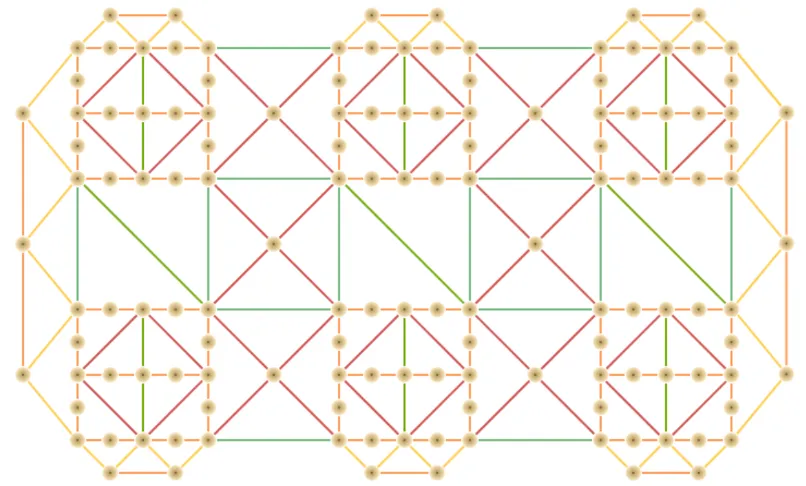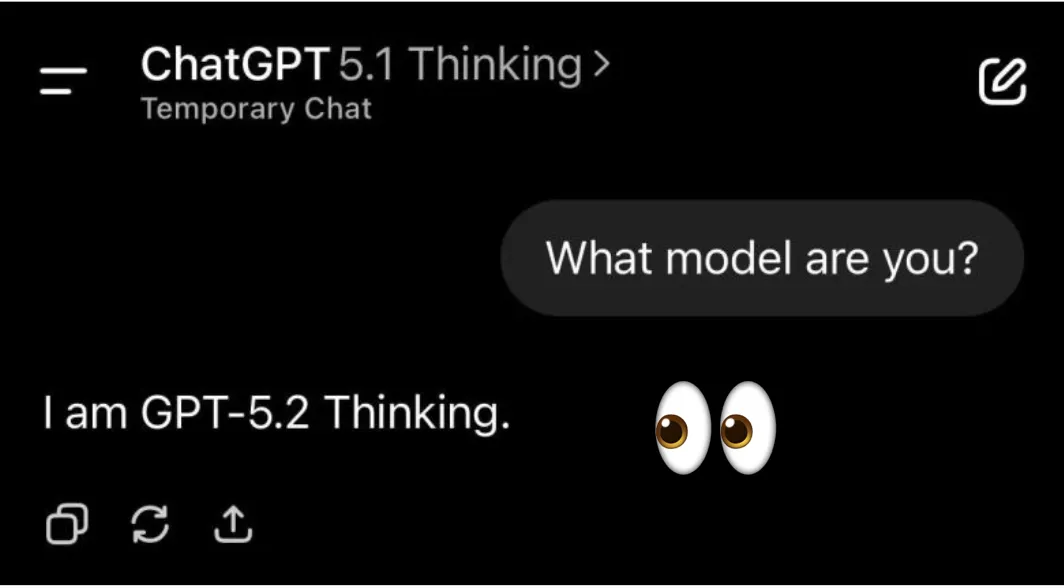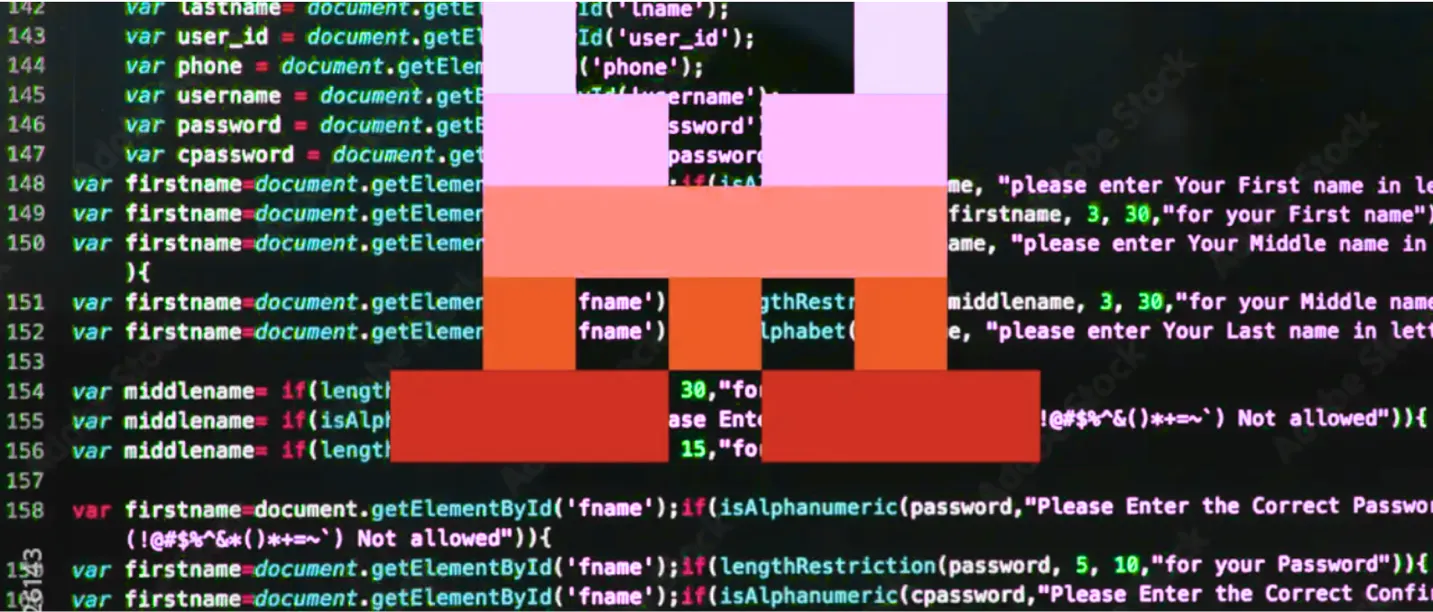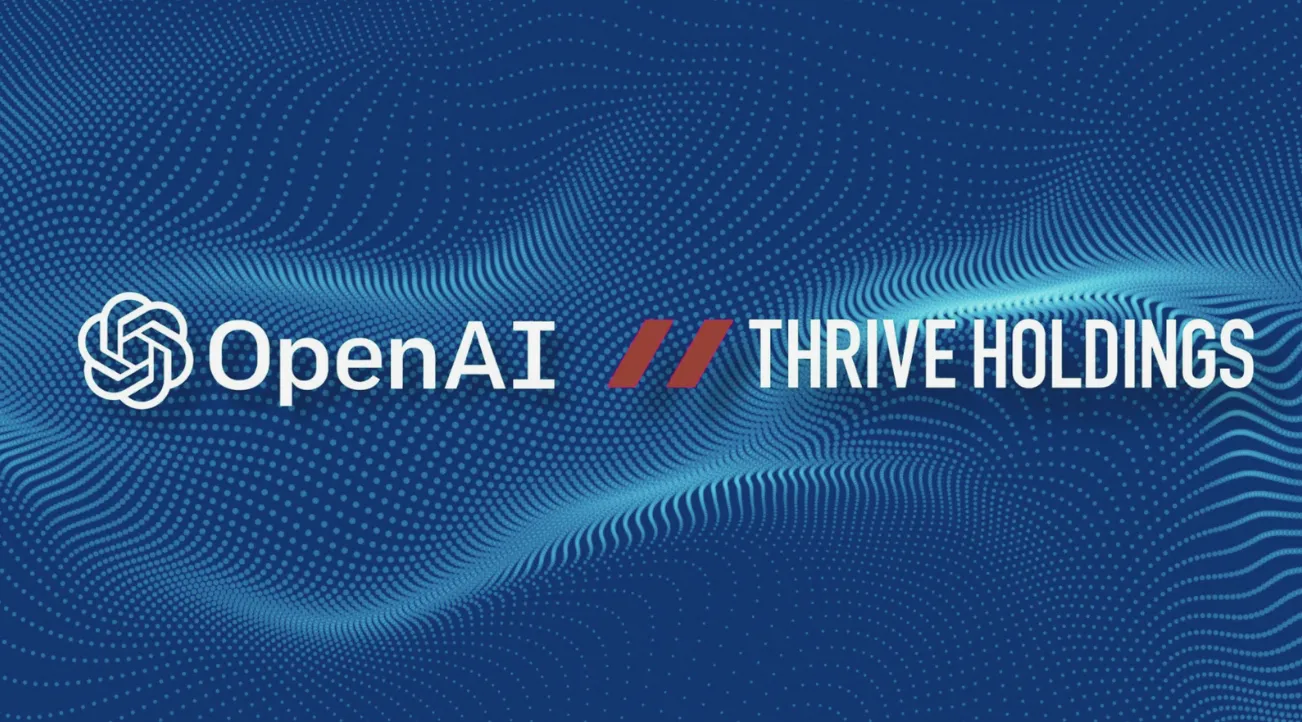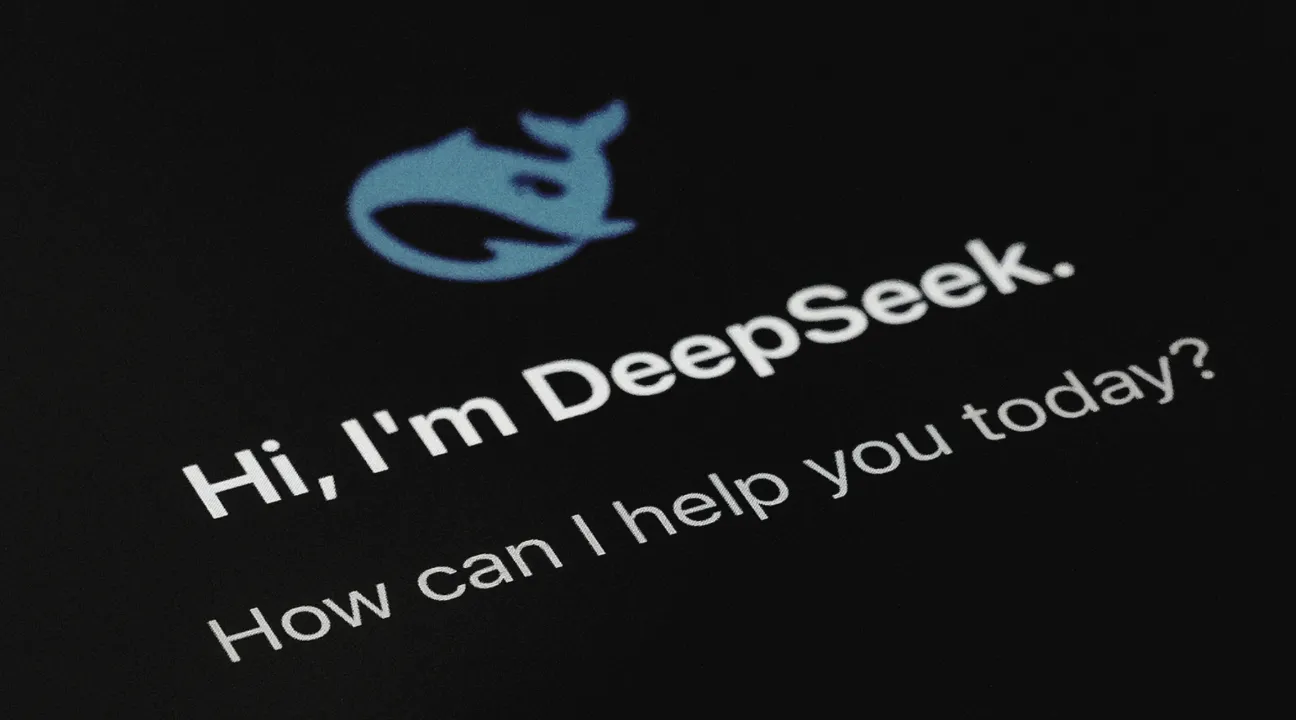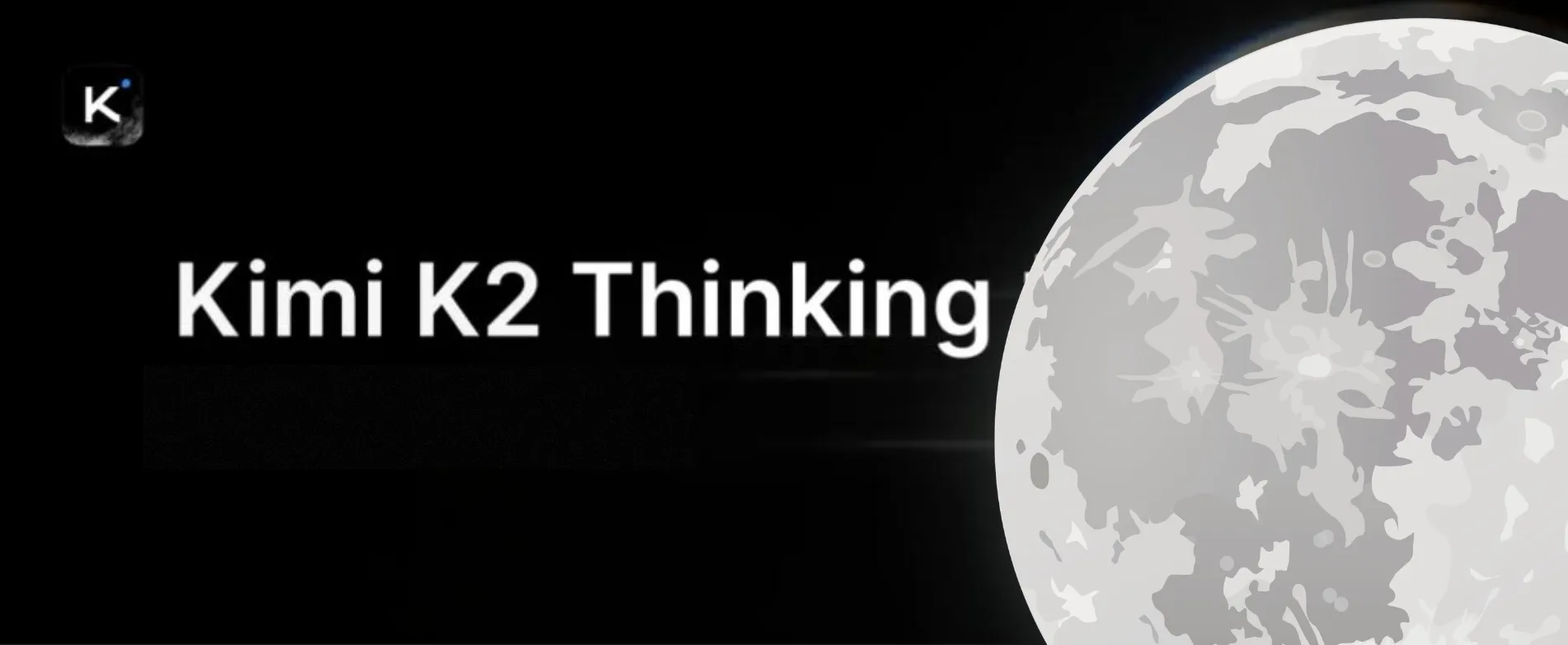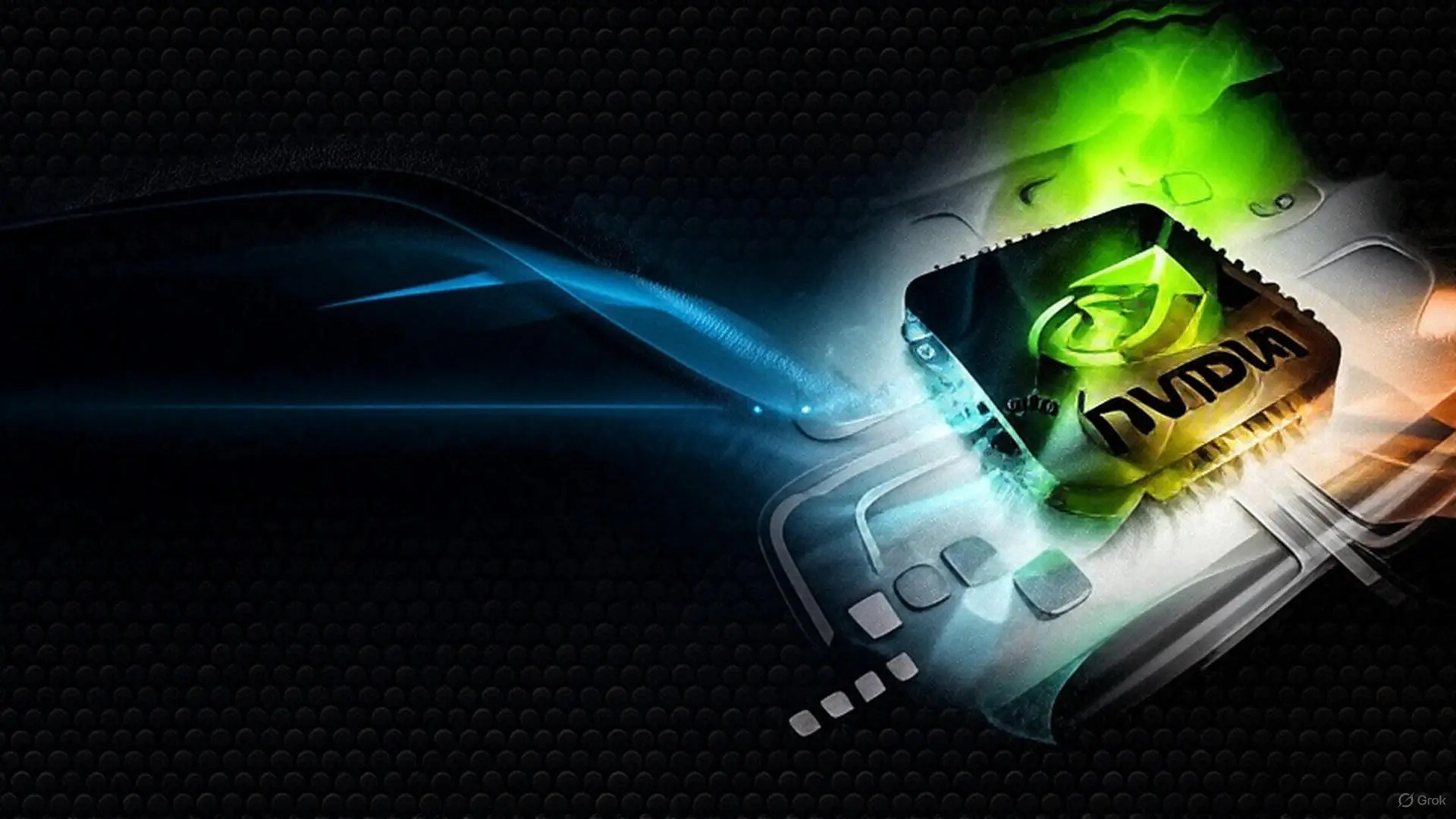A Macaron Analysis: Kimi K2 “Thinking” Model: Advancing Open Agentic AI
Author: Boxu Li
Introduction
Moonshot AI’s Kimi K2 is a breakthrough open-source large language model (LLM) that pushes the boundaries of “agentic” AI – models that don’t just chat, but can think and act. Unveiled in mid-2025, Kimi K2 is a Mixture-of-Experts (MoE) model with an unprecedented 1 trillion parameters total (32 billion active per inference). This massive scale, coupled with innovative training techniques, has enabled Kimi K2 to outperform leading proprietary models like OpenAI’s GPT-4.1 and Anthropic’s Claude (Opus 4) on several complex benchmarks. Unlike many earlier LLMs that focused on straightforward Q&A or dialogue, Kimi K2 is designed for autonomous problem-solving – writing code, using tools, and executing multi-step plans in order to complete tasks. In this post, we take a deep dive into Kimi K2’s updated “thinking” model architecture, its training innovations, and how it compares to similar models. We’ll also draw connections to concepts discussed on Macaron’s tech blog (e.g. hybrid reasoning stacks and instruction-following frameworks) and hint at how Macaron’s own R&D direction – including a new RL+diffusion text model – aligns with these advancements.
Architectural Innovations: MoE at Trillion-Scale with MuonClip
At the core of Kimi K2 is a Mixture-of-Experts transformer architecture. Instead of a monolithic dense network, MoE splits the model into many specialized “experts” where only a subset activate per token. Kimi K2 uses 384 experts with a top-2 routing, meaning each token passes through 8 selected experts (plus one shared expert) out of the 384. This yields the effect of a 1-trillion-parameter model while keeping only 32B parameters active per token – an efficient way to scale. The architecture has 61 layers and an attention dimension of 7168, with a context window initially up to 128K tokens (huge by industry standards). Notably, Kimi K2 reduced the number of attention heads to improve stability on long contexts, a practical tweak to avoid training divergence in deep networks.
Achieving a model of this size required overcoming major optimization challenges. Moonshot introduced a new optimizer called MuonClip, an improved version of the second-order Muon optimizer. MuonClip uses a novel QK-clipping technique that dynamically scales query/key projection matrices to prevent the notorious “exploding logits” problem in transformers. Thanks to this, Kimi K2 was able to be pre-trained on an astounding 15.5 trillion tokens with zero loss spikes – a feat that would be nearly impossible with conventional AdamW optimization. In other words, the model converged stably at a scale far beyond what past LLMs achieved, squeezing significantly more training data for better knowledge and skills. The use of MuonClip and other training tricks (like high-rank updates adapted to the loss geometry) gave K2 a token-efficiency edge, meaning it learned more from each token than earlier models. This focus on training stability and efficiency echoes some themes from Macaron’s research – for instance, Macaron’s Mind Labs have explored alternative RL optimizers and fine-tuning strategies to tame very large models. (See Macaron Tech Blog: “Scaling All-Sync RL with DAPO and LoRA” for how Macaron managed to fine-tune a 671B-parameter model with 10× less GPUs using custom optimization.)
Agentic Post-Training: Synthetic Skills and Joint RL
Pre-training built a strong foundation for Kimi K2, but its real differentiator is what came after pre-training. Moonshot subjected K2 to a multi-stage post-training process aimed at instilling reasoning skills, tool use, and alignment. One key stage was a large-scale agentic data synthesis pipeline. Here, the team generated huge numbers of multi-step task examples: the model had to autonomously break down problems, call tools, write and debug code, and produce verified correct solutions. Thousands of real and simulated tools were involved, and each task came with a machine-checkable rubric or test to verify success. Importantly, LLM-based “verifiers” reviewed the model’s actions and outputs, filtering out failures. This approach – which Moonshot’s team describes as part of a “Verifier Economy” – ensured that only high-quality reasoning trajectories became training feedback. It’s a bit like having an automated code reviewer or math proof checker alongside the model, at massive scale. Interestingly, Macaron’s own system design emphasizes a similar idea of verifiable reasoning: for example, Macaron’s autonomous code synthesis pipeline combines neural generation with symbolic checks and tests, a hybrid approach that improves reliability over pure neural output.
After the synthetic tool-use training, Moonshot further refined K2 with a joint reinforcement learning (RL) stage. During RL fine-tuning, Kimi K2 was allowed to interact with real and simulated environments, receiving rewards for accomplishing tasks. Uniquely, Moonshot did not rely on static reward models alone; instead, they trained a critic model alongside K2 to judge its responses. This critic was first trained on objective tasks (where success is clear, like passing unit tests) before it was allowed to score subjective aspects (helpfulness, tone). By doing so, they mitigated reward hacking and kept the model’s incentives aligned with verifiable correctness before style or preference. The RL stage also incorporated measures to stabilize long-form generation: K2 was regularized with a brief return to its pre-training objective (to avoid forgetting base skills), and techniques like reward capping and temperature decay were used to prevent the kind of drifting, verbose outputs that can plague RL-tuned models. The end result of this rigorous post-training is that Kimi K2 became highly adept at multi-step reasoning and tool use while staying reliable – essentially an “agent” that can plan and execute, not just chat. Kimi K2’s training regimen can be seen as an embodiment of many best practices converging: massive supervised learning, plus focused agentic data, plus a careful RL fine-tuning to polish the model’s decision-making.
Performance Benchmarks: How Kimi K2 Stacks Up
So what do all these innovations buy in terms of real-world performance? By many measures, Kimi K2 has set a new high bar for open models. According to Moonshot’s technical report and independent evaluations, K2-Instruct (the instruction-tuned variant) delivers state-of-the-art results among open-source LLMs on complex coding, reasoning, and multi-step tasks. In fact, on several benchmarks K2 not only leads open models but matches or surpasses some famous closed models. For example, on SWE-Bench (Verified) – a challenging agentic coding benchmark that measures if a model can fix code with tool assistance – Kimi K2 scores 65.8% accuracy, outperforming GPT-4.1 (54.6%) by a wide margin. It even edges out Anthropic’s Claude 2 (Claude “Sonnet 4” scored 54.2% under similar conditions) and comes within arm’s reach of Claude’s best “thinking-enabled” score (72.7%). With some additional test-time computation (e.g. multiple attempts in parallel), K2 can boost its score on that benchmark to 71.6%, essentially closing the gap to Claude’s specialized performance.
Kimi K2 also shines in pure coding tasks. On LiveCodeBench, an end-to-end coding challenge, K2 achieved 53.7% accuracy, beating GPT-4.1 (44.7%), Claude Opus 4 (47.4%), and DeepSeek-V3 (46.9%) – a testament to its coding prowessmedium.com. This suggests that K2’s training on code and debugging (with all those verifiers) paid off with a model that can generate correct, executable code more often than other models can. Another eye-opening result comes from MATH-500, a benchmark of advanced mathematics problems: Kimi K2 hit 97.4% accuracy, topping GPT-4.1 (which scored 92.4%)medium.com. Solving math at near 97% success is remarkable, indicating the model’s strong reasoning abilities in a domain that typically requires step-by-step logical thinking. K2 has similarly impressive scores on tasks like GPQA-Diamond (general problem-solving) and various coding competitions. Its score of 27.1% on OJBench (a classic programming challenge set) is the highest among open models, showing it can handle traditional algorithmic coding to a degreemedium.com. And on a demanding knowledge-intensive benchmark called Tau2, Kimi K2 achieved 65.8%, handily surpassing GPT-4.1 (38.6%) and Claude 2 (45.2%)medium.com – here K2’s ability to use tools (like web browsing or calculators) likely gave it a strong advantage in answering telecom-related queries.
It’s worth noting that while Kimi K2 excels in these areas, it is not strictly superior in everything – an unbiased view is important. For instance, Claude 2 still held a small lead on the very hardest version of the SWE-Bench coding benchmark when allowed to “think” step-by-step (72.7% vs K2’s 65.8%). And models like GPT-4 still have capabilities K2 lacks – notably multimodal understanding (GPT-4 can see images, K2 cannot as of now) and possibly some conversational finesse. Moonshot deliberately focused K2 on agentic, text-based tasks, trading off things like chain-of-thought reasoning transparency and multimodal inputs for speed and specialization. The open-source nature of Kimi K2, however, gives it a unique edge: anyone can use or fine-tune it, without the heavy fees of proprietary APIs. Moonshot offers an API for K2 at a fraction of OpenAI’s cost (on the order of $2.50 per million tokens vs GPT-4’s $8 per million). This cost-effectiveness, combined with top-tier performance in coding and reasoning, positions K2 as a compelling open alternative to GPT-4-class models. Indeed, observers have called Kimi K2 “the most important AI model release of the year” in the open arena, marking China’s answer to the Western AI giants. It follows on the heels of models like Alibaba’s DeepSeek, and in many respects leapfrogs DeepSeek’s performance (K2 beat the latest DeepSeek version by ~20+ points on key coding benchmarks). The takeaway is that Kimi K2 has achieved a new level of capability for open models, matching or beating the incumbents on a host of practical tasks – a significant advancement in the fast-moving LLM landscape.
The New “Thinking” Mode: K2 with Chain-of-Thought
Perhaps the most exciting update to Kimi K2 is the introduction of a specialized K2 “Thinking” model – essentially, a version of K2 that slows down and reasons in depth. The original K2-Instruct was described as “reflex-grade, without long thinking” – it was tuned to produce helpful answers quickly in a single shot, which is great for latency but not always for complex problem-solving. Recognizing this, Moonshot recently released Kimi-K2-Thinking, a variant explicitly designed for multi-step reasoning and tool use across multiple turns. In K2-Thinking mode, the model can autonomously plan a sequence of actions, engage in a longer internal chain-of-thought, and invoke external tools or APIs to gather information before finalizing answers. Technically, it supports up to a 256K token context window (extremely large, to retain intermediate calculations) and can output a special reasoning_content field that traces its thought process. For example, if asked a complex research question, K2-Thinking might generate a plan: break the query into sub-questions, do a web search (one of its tool calls), summarize results, perform calculations, and then synthesize a final answer – all while logging these steps in the reasoning_content. Early reports indicate K2-Thinking can self-decompose instructions, analyze data (e.g. CSV files or JSON via tools), and even generate structured reports autonomously. This effectively closes the loop on a limitation of the base K2: lack of explicit chain-of-thought support. With K2-Thinking, Moonshot’s model moves closer to systems like GPT-4’s “Plan-and-Solve” approach or Claude’s Constitutional AI reasoning, where the AI can think out loud and iterate on hard problems. It’s a significant step because it combines K2’s raw power (that huge knowledge base and coding skill) with an agent-like cognitive process for tackling tasks that simply can’t be done in one shot.
The introduction of K2-Thinking resonates with ideas we’ve explored in Macaron’s own context. In Macaron’s hybrid reasoning architecture, there is an emphasis on balancing fast reflex responses with deeper deliberative reasoning depending on the task – essentially switching between “System 1” and “System 2” cognition. K2 now embodies this principle in two modes: the original reflex mode for quick answers, and the thinking mode for complex ones. Also, Macaron’s instruction-following framework has stressed how critical it is for AI assistants to properly parse and break down user instructions before acting (for safety and accuracy). K2-Thinking clearly aligns with that: by explicitly breaking tasks into sub-tasks and tool calls, it’s less likely to misinterpret a request or skip an important step. Moreover, K2-Thinking’s ability to integrate external tool APIs echoes Macaron’s philosophy that personal AIs should interface with the world (calendars, web data, apps) rather than operate in isolation. In a sense, Kimi K2 is evolving from a powerful “brain” into something more like a full cognitive agent, which is exactly the direction many in the AI community (including Macaron) believe is the future.
Comparison to Other Frontier Models
With Kimi K2 (and the new thinking mode) in hand, how does Moonshot’s offering compare to other cutting-edge models like OpenAI GPT-4, Anthropic Claude 2, or Google’s rumored Gemini? We’ve already seen that K2 holds its own against GPT-4.1 and Claude 2 on coding and reasoning benchmarks – a stunning achievement given those models had the advantage of closed data and longer development. It’s important to note that GPT-4 still has strengths like vision input and possibly more refined natural language tuning. Claude 2 (e.g. Claude Sonnet 4.5) is known for its long-form “constitutionally” aligned responses and long autonomy (handling very lengthy sessions), and indeed Claude showed slightly higher pass rates on some deeply agentic tasks when allowed unlimited thought. However, K2 narrows this gap with the Thinking mode by acquiring similar long-horizon capabilities. In terms of raw knowledge and math, K2 might even have an edge (as evidenced by its MATH-500 near-perfect score). Google’s Gemini, which is still unreleased as of this writing, is expected to be a multi-modal, highly optimized model possibly exceeding GPT-4. Kimi K2 doesn’t have multi-modality yet (no image or audio understanding), so that’s one area it could lag behind next-gen models. But K2’s modular tool-use approach might compensate by letting it plug into vision or other models as tools (one could imagine pairing K2 with an image captioning tool to mimic multimodal reasoning).
One must also consider deployment and cost. Kimi K2, being open source (with a permissive license), can be self-hosted or adapted by anyone. Its MoE design means running it isn’t cheap – you’d need at least multiple A100 GPUs or similar to serve it at low latency. Moonshot did provide quantized versions (e.g. a GGUF quant) that can run on smaller setups for experimentation, but to really harness it in production at full 1T scale requires serious hardware. This is a trade-off: GPT-4 is only accessible via API (no self-hosting) but the heavy lifting is hidden in the cloud; with K2 you handle the infrastructure but gain control. For enterprises concerned with data privacy or customization, K2 offers a level of independence that closed models don’t. Macaron’s engineering blogs often highlighted similar points when integrating models – balancing the raw capability of a model against practical considerations like latency, cost, and controllability. In Macaron’s case, they experimented with both closed APIs (like Claude) and open models (like DeepSeek) to power different features. A likely trend is emerging: hybrid deployments where an open model like K2 is used for certain tasks (e.g. coding, where it excels) and a specialized model for others (maybe a smaller dialogue model for casual chat, or a vision model for images).
Conclusion and Outlook
Moonshot’s Kimi K2 (and the K2-Thinking update) represent a significant advancement in AI models – not just because of bigger numbers, but because they marry scale with true reasoning capabilities in an open platform. Technically, K2 demonstrates that Mixture-of-Experts architectures are a viable path to trillion-plus scale, and that new optimization methods (MuonClip) can tame such models without catastrophic training failures. The model’s top-tier performance on coding and reasoning benchmarks is evidence that the massive scale and innovative training translated into real problem-solving skill. Perhaps most importantly, Kimi K2 showcases an “agentic” paradigm: it was explicitly trained to use tools, to verify its work, and to improve via interaction (RL). This is a departure from the purely static, one-shot prediction models of the past. It closes some gaps with human-like problem solving – e.g. breaking tasks into steps, using external resources, double-checking results – all within a single AI system. For the open-source AI community, K2’s release (with both base and instructed checkpoints available) is a boon, enabling researchers to build on a model that can act, not just chat. It sets a new benchmark for what an open model can do, likely pressuring even the closed-model leaders to up their game or reduce their prices.
From Macaron’s perspective, the emergence of Kimi K2 affirms many of the directions we’ve been heading in our own R&D. Our blog discussions on hierarchical reasoning, verifiable action chains, and enriched instruction-following find a real-world example in K2’s design. It’s encouraging to see these ideas put into practice at scale. Of course, there is always room to improve. K2 still lacks multimodality and its chain-of-thought (while now present in the Thinking model) is a new addition that will surely evolve. Alignment and safety remain challenges – one could ask how the 1T model behaves in adversarial or open-ended scenarios not covered by its reward model. These are areas where ongoing research (including here at Macaron) will continue. In fact, Macaron’s team is exploring a novel approach using reinforcement learning in tandem with diffusion-based text generation – essentially a new post-training text diffusion model – to achieve even finer control over an AI’s outputs. While details are forthcoming, we envision this could allow an AI to “think by diffusing” through possibilities in a controllable manner, potentially reducing issues like hallucination while preserving creativity. It’s a subtle hint of where the next leap might occur: combining the strengths of transformer LLMs (like K2) with diffusion model techniques and rigorous RL tuning.
In summary, Kimi K2’s K2-Thinking model ushers in a new era of open AI that can both reason deeply and act autonomously. It stands as a testament to the rapid progress in our field – just a year or two ago, such performance from an open model would have seemed moonshot (no pun intended). Now it’s here, and it challenges all of us to think bigger. As we integrate these advances and experiment with our own hybrids (be it through hybrid reasoning stacks or diffusion-RL hybrids), the line between what was cutting-edge and what is accessible keeps blurring. The upshot for developers and users is exciting: more powerful, transparent, and controllable AI systems are on the horizon, whether they come from Moonshot, OpenAI, or Macaron’s labs. And that means AI that not only understands us better, but can also work alongside us on complex tasks – truly ushering in the era of AI agents and collaborative intelligence.


